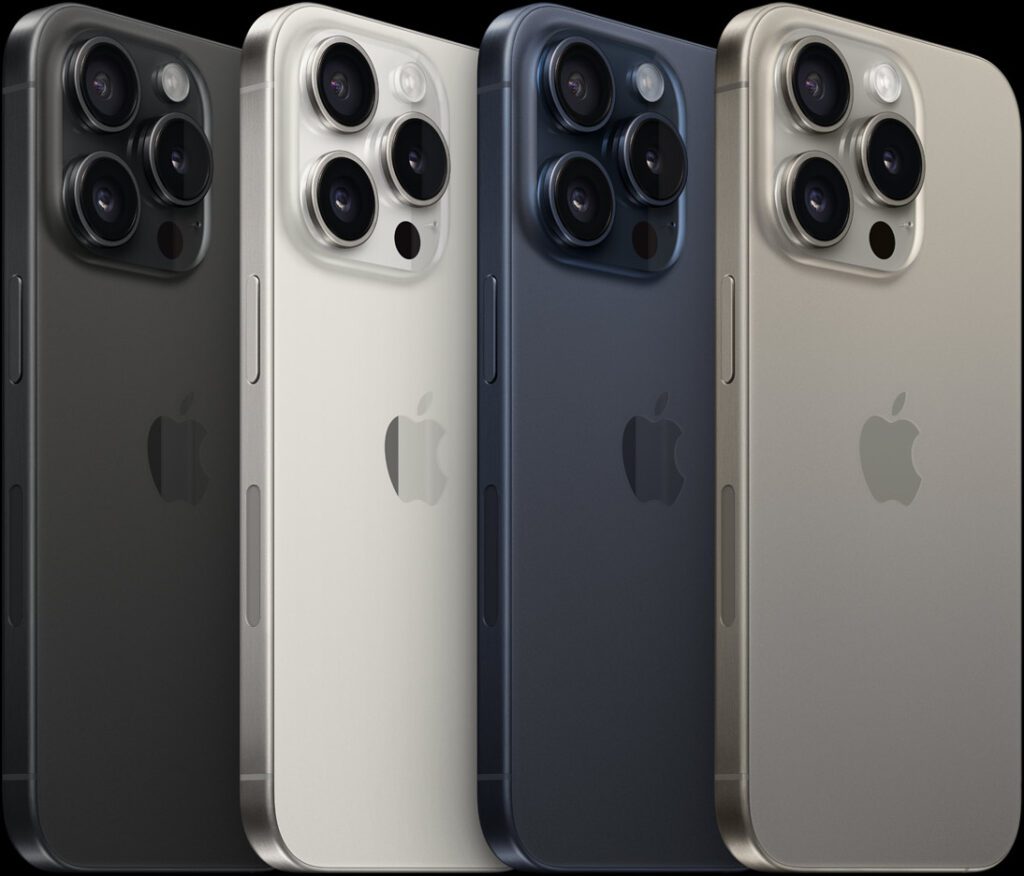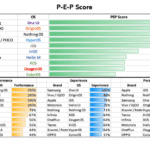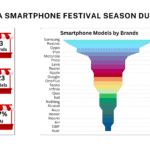The android smartphone brands which are attempting to have a pie from the premium smartphone users overemphasise on a few features that does not go well with the buyers in the segment.
The definition of a premium smartphone user has always been subjective. But the price has always been the determinant of defining the segment. In old days any smartphone above $500 would be considered a premium device. Those days US$1 = ₹40/45, and this would mean that devices above ₹20,000 were considered premium. Gradually, the dollar-rupee equation started to change more in favour of the dollar and this definition also got revised from time to time. Finally, a local parameter was adopted where ₹25,000 or ₹30,000 above, depending on who is defining it, was considered premium. If we go by today’s $=₹ equation, devices above $300 are premium. However, this is not a correct way to look at the things. We need to decouple $=₹ impact and define things from our domestic perspectives. At Techarc we define any smartphone above ₹25,000 as a premium smartphone, which is derived from switch analysis of over 250 million subscribers showing a clear demarcation of going premium at this price point. Smartphones above ₹50,000 are categorised as luxe smartphones.

If we look at iPhone offerings and its positioning, it is a smartphone in the luxe segment. From android stock we have Samsung, OnePlus, Xiaomi, OPPO, Vivo, Google, Tecno besides a few more present in this segment. No doubt there is aspirational value tagged to iPhone making find its substitute difficult. Also, the ecosystem and ubiquitous experience it delivers across any device is phenomenal. But is that all what makes it different? Is there nothing in the hands of competing android smartphone brands?
The biggest mistake that the android smartphone brands in the luxe category make is that they package their offering around a few KSPs. Most of these brands will talk about the camera, processor and a few more about battery, and that is it. No doubt Apple also talks about camera and a few more distinctive features or specifications of its phones. But it doesn’t go in the market talking just about a few KSPs. It positions its smartphone as an allrounder. Now that is exactly what a user in the premium segment would want. We forget that a consumer who can spend around ₹100,000 on a smartphone can spend a good money on specialised gadgets to pursue a hobby or any professional task. Here the expectation of the user is to own a smartphone which is a master of all tasks and delivers an accepted level of experience irrespective or the feature or function being used.
Now let’s examine KSPs of a few competition brands in the segment.
Samsung: The story is mostly around camera. Other things aren’t talked about much. Although, among android smartphone brands, Samsung still does a good job by creating a holistic positioning of its smartphones. This is perhaps the reason that when a user is looking for a smartphone in luxe segment within android, Samsung is the default choice.
OnePlus: Here again we will see the brand primarily talking about the camera. It has also started to talk about fast charging as a KSP in the segment. OnePlus completely shadows other features in the smartphone that could be leveraged to position it as a smartphone offering an allrounder’s experience.
Xiaomi: The late entrant in the segment also primarily talks about the camera and fast charging. Other elements are very casually talked about.
Vivo: The entire positioning of Vivo in this segment is about superior camera performance. There is nothing else that the brand talks about its X series forcefully.
OPPO: The brand has a couple of smartphones in the luxe segment. But looking at its one of the most successful series, Reno, the brand only talks about superior portrait photography.
Google: Well, this smartphone brand is yet to figure out what they should be talking about. In fact, they hardly talk. So, nothing much can be made out for them.
Compared to all these key contenders in the luxe segment, Apple does not position its iPhone as something that is capable of handling only a few features or functions exceptionally. Both from hardware and software capabilities, it has taken its devices to a level where users are sure about its performance. If a user wants to capture memories through spot photography, iPhone delivers. If a gamer wants to play smooth and jitter free games, iPhone delivers. Similarly, if a user wants to consume video content in the best possible immersive experience, iPhone delivers.
This flawless holistic experience delivery by iPhone is not even making the foldable appeal very strong before potential consumers. iPhone remains an iPhone because of several factors. The allrounder performance image of the smartphone remains one among them. This is something the android premium brands have to imitate from iPhone than only focusing on the features and applications to bring on their smartphones.
The way iPhones have been selling, especially in India over the past couple of years only tell us that the smartphone maker understands the pulse of its target group. Seeing an allrounder performance is undoubtedly one among them.






One response to “How Apple makes its proposition unique in the premium segment?”
[…] what it stands for. For instance, out of the 20 exit interviews I did, 11 told me that the top reason they are buying iPhones is better security and control over privacy. 3 loved the gaming experience and the remaining 6 […]